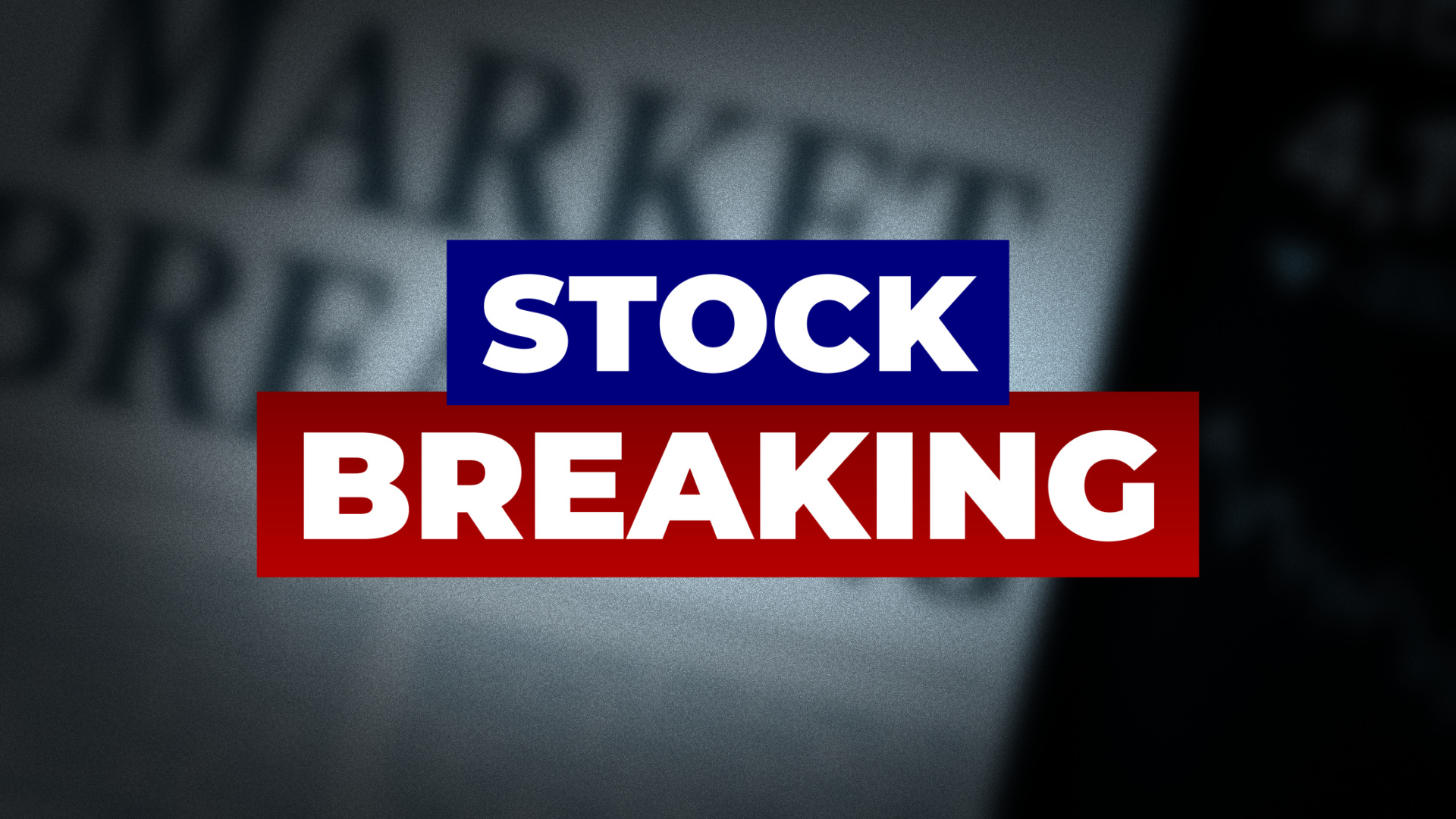On 20 November 2025, Manhattan Bridge Capital, Inc. announced that its board of directors has authorised a share repurchase programme under which the Company may purchase up to 100,000 shares of its common stock during the next 12 months.
In the filing with the U.S. Securities and Exchange Commission (SEC), the Company noted that repurchases may be carried out via open‑market transactions, privately negotiated purchases or other means at the Company’s discretion and that the programme does not obligate the Company to make any purchases. The programme will expire in 12 months unless earlier terminated or modified by the board.
In its press release the Company explained that its board views the recent “dramatic decline” in the Company’s stock price as an opportunity for repurchasing shares. The CEO and Chairman of the Board, Assaf Ran, stated that the Company’s “extraordinary low leverage, the unusual personal commitment of our management, together with our impressive performances and track record even in troubled times” support the decision to implement the repurchase programme and reflect confidence in the business and its future prospects.
Also Read – American Strategic Investment Co. Pushes Portfolio Strategy Amid Balance-Sheet Reset
A share buy‑back programme is often used by companies to signal belief in their own value. This means the company can use its cash or borrow money to buy back its own shares. By doing this, there are fewer shares available, so each remaining shareholder owns a slightly bigger piece of the company, and it may also help support or raise the stock price. The Company emphasised that the programme may be terminated, increased or decreased at its discretion.
While the announcement did not include a target price or timeframe for actual purchases beyond the 12‑month window, it did provide some context regarding the business fundamentals.
Manhattan Bridge Capital highlighted its low leverage (meaning the ratio of its debt to equity or assets is relatively low)
Manhattan Bridge Capital highlighted its low leverage, meaning it has relatively little debt compared to its equity or assets and its experience navigating challenging market conditions. It also noted that the share prices had declined significantly, prompting management to view the moment as a favourable entry opportunity.
The filing also reiterated cautionary statements about forward‑looking statements, noting that actual results may differ materially due to factors including competition, interest‑rate fluctuations, loan origination constraints, borrower default risks, collateral valuation risks, and the possible inability to extend or renew credit facilities or redeem senior secured notes due April 22, 2026.
Company Profile
Manhattan Bridge Capital, Inc., organised as a real‑estate investment trust (REIT) operating in the secured lending space, was incorporated in New York and is headquartered at 60 Cutter Mill Road, Suite 205, Great Neck, New York. The company provides short‑term secured, non‑banking loans – often called “hard‐money” loans – to real‑estate investors engaged in acquisition, renovation, rehabilitation or improvement of properties in the New York metropolitan area (including New Jersey and Connecticut) and in Florida. It generates revenue primarily by charging interest and fees on these short‑term secured loans and by leveraging its loan portfolio to support returns to its shareholders.
This article is for informational purposes only and should not be considered financial advice. Investing in stocks, cryptocurrencies, or other assets involves risks, including the potential loss of principal. Always conduct your own research or consult a qualified financial advisor before making investment decisions. The author and publisher are not responsible for any financial losses incurred from actions based on this article. While efforts have been made to ensure accuracy, economic data and market conditions can change rapidly. The author and publisher do not guarantee the completeness or accuracy of the information and are not liable for any errors or omissions. Always verify data with primary sources before making decisions.

